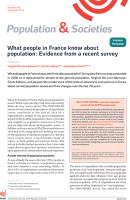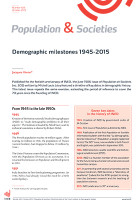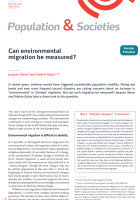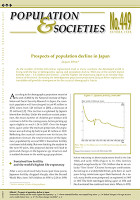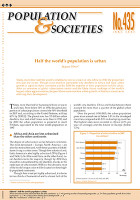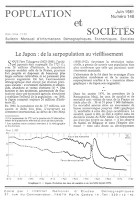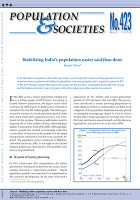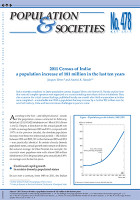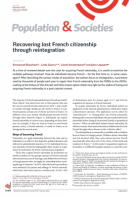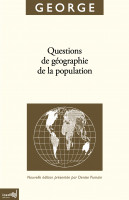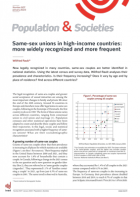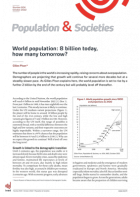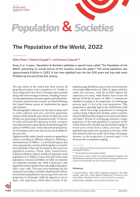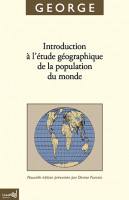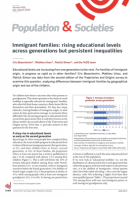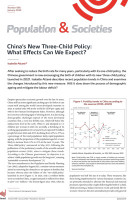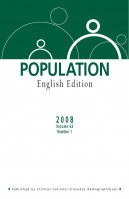
The Demography of South Asia from the 1950s to the 2000s. A Summary of Changes and a Statistical Assessment
Collection : Demographic situation
2008AbstractThe countries of South Asia (Afghanistan, Bangladesh, Bhutan, India, the Maldives, Nepal, Pakistan and Sri Lanka) cover less than 4% of the Earth’s surface, but their combined population of some 1.6 billion inhabitants in 2007 represents nearly a quarter of the world total. India, the largest country in the region, alone has 1.17 billion inhabitants. This chronicle charts the main demographic trends since the 1950s, which are explained in part by the countries’ diverse levels of development. Their demographic transitions also exhibit broad diversity. There is no single transition model specific to the region, just as there is no single transition in India, as the comparison of its states makes clear. Except in Sri Lanka, where the process is complete, the fertility transition is ongoing, and the mortality transition is in general very advanced. The potential for demographic growth remains high in South Asia, and the United Nations expects the region’s population to grow by 600 million inhabitants up to 2040. The future course of demographic change has major implications for development, since most of the countries need to reduce poverty and raise educational levels while at the same time coping with rapid urban growth and addressing environmental issues.


